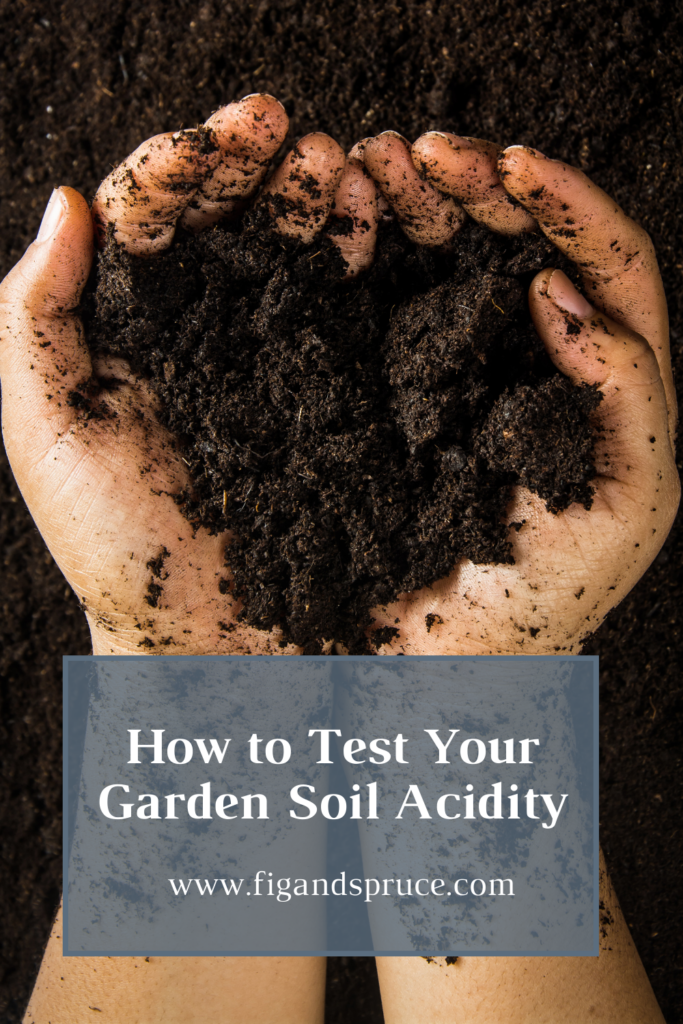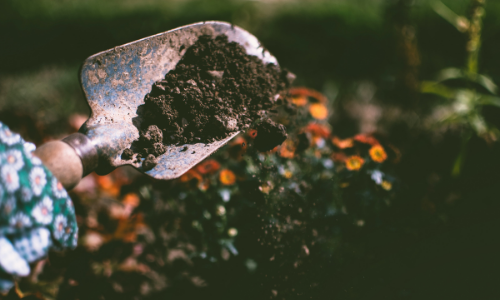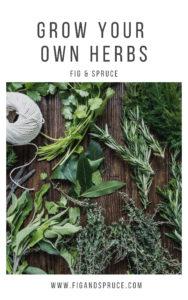If you’re thinking of planting an in ground garden, you may be wondering how to test your garden soil acidity.
Testing the acidity of your soil is actually fairly easy and straight forward. Today we’re going to cover why it is important to know the acidity of your garden soil and how to test the pH level before planting.
Table of Contents
Why is Acidity of a Soil Important
One of the biggest factors in determining the success of your garden is the soil that you’re growing your plants in.
When you’re creating a container garden, you are likely using potting soil. When you use potting soil generally the mixes come pre-balanced with nutrients and pH levels already tested, so there’s not a huge need to test on your end.
However, when you’re creating a ground garden using garden soil, the components of your soil will vary more and could contain elements that are harmful. If the pH is significantly off it can be detrimental to the plant’s health.
If you’re using garden soil in your garden we definitely recommend testing the pH of your soil before planting seeds.
Where to buy a pH tester kit
There’s a lot of options for purchasing a pH tester.
Likely, a gardening store in your area will carry a few models.
If you’re looking for an online option, there’s many on Amazon that will do the trick.
We would suggest looking for a tool that doubles as both a pH tester and a soil moisture meter. They are pretty affordable and generally range from $10 – $20, and most have similar functions.
By getting one that offers both a pH testing function and a moisture meter, you can in a sense kill two birds with one stone. Soil moisture meters come in handy both with in ground gardens and in potted plants to ensure they’re not retaining too much moisture.
This tester/moisture meter combo from Amazon is a good option and very affordable. Its by a brand called Vivosun, which is well known for providing affordable gardening products that are beginner friendly.

How to Test Your Garden Soil Acidity
Using a pH tester is fairly straight forward to do.
Most models come with a pronged setup. To test the pH of a soil, stick the prongs a few inches into the soil.
After 60 seconds, you can take the reading from the dial of the pH level (and the moisture level if you’re using a device with both features).
What is the right level of acidity?
The exact right level of acidity will vary a little from plant to plant.
Some plants thrive in slightly acidic soil. A few examples include daffodils, rhododendrons, and azaleas to name a few.
However, when evaluating a garden you’ll most likely want to evaluate the whole soil’s pH level to be within a general range.
As a general rule of thumb, you want your soil’s pH level to be between 6 and 7. Slight variations outside of this are ok, but sticking as close to this range as possible will help ensure your plant’s health.
When should you test your garden soil acidity?
This is a good question, and it can vary depending on your environment.
At a minimum, you’ll want to test the soil before planting in each grow season.
However, if you add materials to your garden soil such as fertilizer or growing mediums like coco peat, you’ll likely want to test it again prior to planting.
Adding fertilizers and other materials can change the pH makeup of your soil. In fact, even extreme weather can cause a change in pH from erosion of surrounding materials and deposits into your soil.
If you have extreme conditions, you’ll want to consider testing more frequently to ensure you don’t have acidic or alkaline soil.


